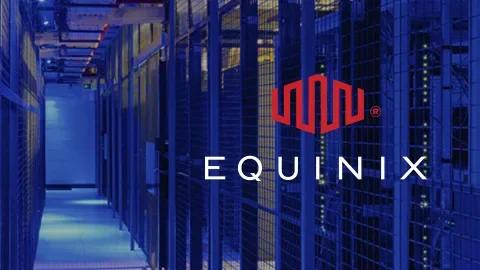Equinix, fresh off its $320 million acquisition of MainOne in 2022, has unveiled a $140 million investment plan to strengthen digital infrastructure across southern Nigeria. Over the next two years, the global data-center operator will build a new facility in Port Harcourt (PR1) and expand its third Lagos site (LG3), diversifying internet capacity beyond the coastal hub of Lagos. This move coincides with Nigeria’s rapid digital growth since GSM licensing in 2001 and the arrival of subsea cables like Equiano and 2Africa. By bolstering redundancy and middle-mile connectivity, Equinix aims to bridge the digital divide, support national broadband targets, and empower regional economies.
Equinix’s $140 Million Southern Nigeria Push.
Equinix’s latest blog announcement details a $140 million investment earmarked for two key projects in southern Nigeria:
- PR1 in Port Harcourt: The company’s first data center in the oil-rich Niger Delta will also serve as Nigeria’s landing station for Meta’s 2Africa cable, sharply increasing local bandwidth capacity.
- LG3 Expansion in Lagos: Its third Lagos footprint will be upgraded to meet growing demand for enterprise and cloud services, addressing the city’s historic concentration of 70 percent of the country’s subsea cable landings.
From GSM Boom to Global Connectivity.
Since the 2001 GSM license auction, Nigeria’s mobile subscribers leaped from zero to over 140 million within two decades, propelled by tower-company models and fiber-optic rollouts. However, local data centers remained modest until 2020, when Equinix’s MainOne takeover signaled deep integration into global networks. Today, Equinix links 260 IBX data centers across 74 metro regions with its Fabric interconnection platform.
Strengthening Resilience with Subsea Cables.
Nigeria hosts eight submarine cable landings, including Google’s Equiano and Meta’s 2Africa—each capable of over 100 Tbps. Yet without active redundancy, cable faults can cause significant outages. Equinix’s West Africa MD, Wole Abu, explains the solution: routing traffic “on an active/active basis” across multiple cables so disruptions go unnoticed by customers.
Tackling the Middle-Mile Bottleneck.
Urban centers like Lagos and Port Harcourt enjoy robust connectivity, but rural and inland areas lag behind. Nigeria’s National Broadband Plan (2020–2025) targets 70 percent broadband penetration by 2025; current rates stand at 45 percent, with the World Bank estimating an additional 95,000 km of fiber needed to achieve nationwide reach. The Federal Ministry’s new Broadband Alliance aims to build that backbone—with private-sector players like Equinix pivotal to success.
Shaping a Balanced Digital Future.
By launching PR1 and expanding LG3, Equinix will decentralize Nigeria’s internet capacity, reduce Lagos’ dominance, and open new growth pathways in the Niger Delta and beyond. The investment underscores Nigeria’s allure for global tech investors and marks a milestone toward a more inclusive, resilient digital economy.

